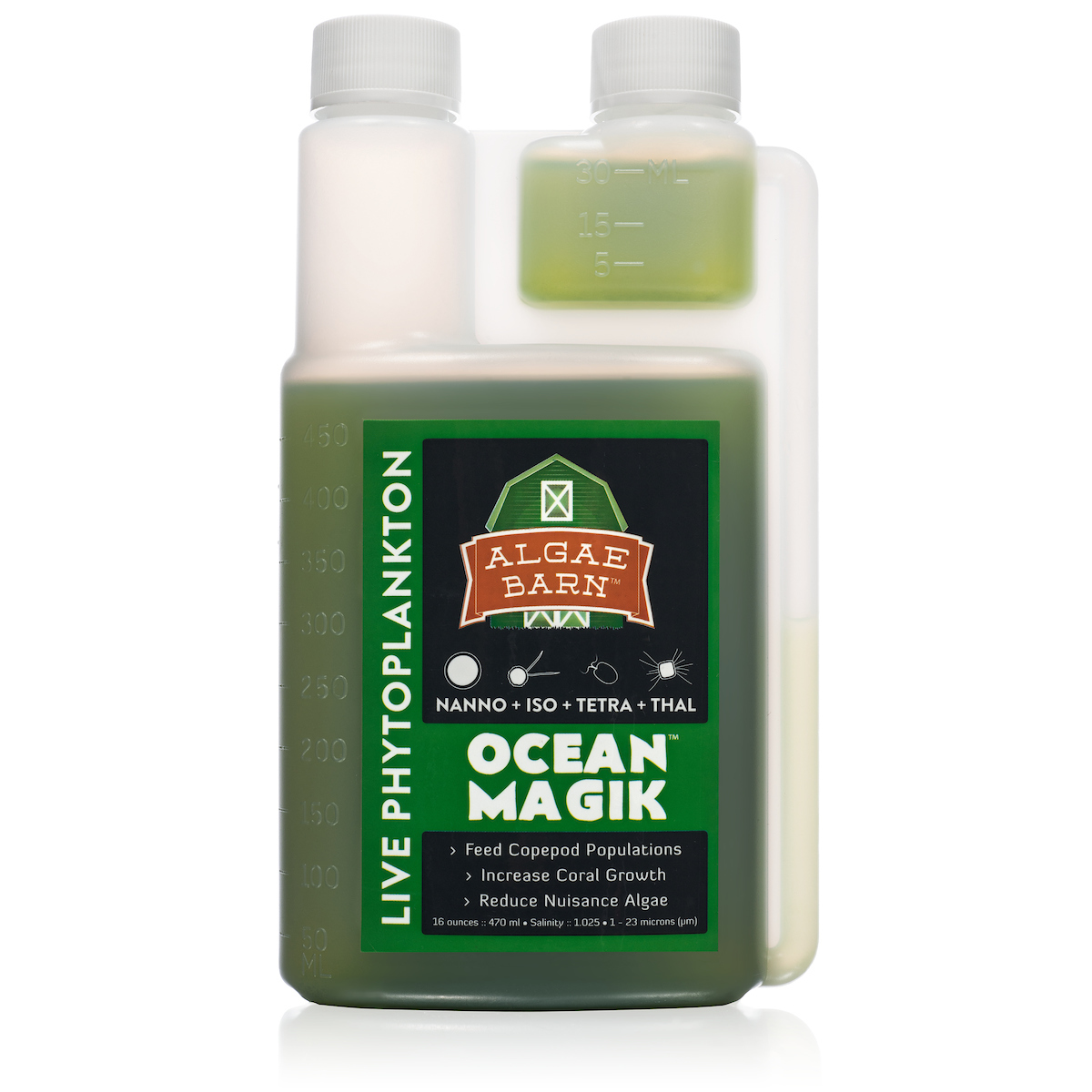I like to ask @Randy Holmes-Farley , @taricha , and @Dan_P these types of questions because they are most of the time backed up with evidence instead of speculations or information passed from anecdotal claims (which isn’t very accurate for questions like these).
For the SOLE purpose of feeding filter feeder (sponges, clams, gorgonians) is there a difference in live vs preserved vs dried phytoplankton.
An example of live is @AlgaeBarn Ocean Magic, an example of preserved is Seachem’s phytoplex, and an example of dried is PolypLab’s reefroids (technically zooplankton?).
I do not care about reducing nitrates/phosphates with live phytoplankton. All I want is to grow the organisms mentioned above. My goal is to get product A inside the mouths of Organism B without target feeding.
For the SOLE purpose of feeding filter feeder (sponges, clams, gorgonians) is there a difference in live vs preserved vs dried phytoplankton.
An example of live is @AlgaeBarn Ocean Magic, an example of preserved is Seachem’s phytoplex, and an example of dried is PolypLab’s reefroids (technically zooplankton?).
I do not care about reducing nitrates/phosphates with live phytoplankton. All I want is to grow the organisms mentioned above. My goal is to get product A inside the mouths of Organism B without target feeding.
Last edited:




















